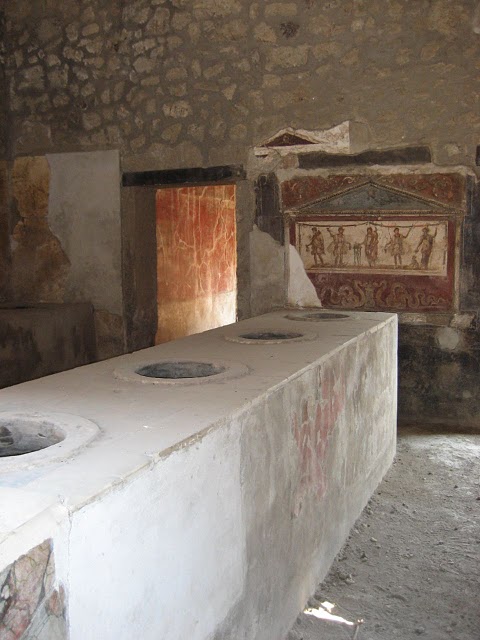Republished by Blog Post Promoter
“Out of Body Experience (OBE)” — A radio interview by Art Bell with Robert Monroe ( Part 1 of 10 )
( Excerpt from Captain of My Ship, Master of My Soul, by F. Holmes Atwater )
“Many who have read or heard of Bob Monroe’s three books naturally associate The Monroe Institute with what Bob called the out-of-body experience or OBE. Over the past 40 years we have continued to explore this phenomenon which has led us to the discovery of many valuable expanded states of consciousness.
Bob Monroe and I quietly discussed his books and his out-of-body experiences in personal conversations away from public scrutiny. I treasure these private conversations, for they are the roots of my current understanding. Years ago, in Bob’s first book he wrote about encountering a Faraday cage while in the out-of-body state. He described an experience during which he was unable to penetrate the walls or get inside. When I asked him about this, he said that in later years he tried again and found that he was easily able to pass into and through the Faraday cage.
Bob explained that his first encounter with the Faraday cage was limited by his belief system. He believed, based on his earthly knowledge, that a Faraday cage was impenetrable and that belief was so strong it carried over into his out-of-body experience. Learning to overcome his beliefs enabled Bob to explore far beyond the often-narrow confines of Earth-life expectations.
In another private conversation with Bob, I asked him about the concept of an astral body or second body apart from the physical body we occupy in the waking state. Bob smiled and said that he realized that in his books he left the impression that when out-of-body we retain a bodily form very similar to our physical facade. He went on to say that he no longer experienced himself in that way, that he thought of himself “more like a spot or point of light.”
Based on Bob’s experience, he felt that the notion of a second body was a habit or carryover perception from the Earth-life system of beliefs. To him, the humanoid form was simply “local traffic” on the interstate. Our true form includes humanness and more, much more than we can know if we limit our beliefs to the Earth-life system.
The very concept of an out-of-body experience suggests that we survive physical death. Couple this with a deep-seated common yearning, a nostalgia for something that seemingly eludes us, a heartfelt longing to return “home” or perhaps to our true identity, and it is easy to imagine the possibility that when we eventually die, each of us will travel out-of-body to our point of origin in a spiritual domain. This is indeed an intriguing notion.
The out-of-body experience (this side of dying) has often been viewed as something that happens to us. Many wonder why some people seem to have such experiences while others do not. Is it possible to learn how to have an out-of-body experience? What can be done to prepare for or encourage the experience?
The manner in which the out-of-body state is imagined actually limits the experience. What is needed is a whole new understanding about ourselves (and human consciousness) that will allow us to realize who we really are and recognize the validity of our experiences.
There is no magic key. There is no magic pill, no magic incantation, and no magic procedure that will bring about an out-of-body experience. The only thing that will bring about the out-of-body experience is your own personal growth and your own personal processing so that your view of reality shifts. Once your view of reality changes – when your perceptions deepen – you will be consciously aware of your out-of-body experiences and even more.
I am really saying that you are having these experiences already. But because you have, for some unknown reason, compartmentalized your consciousness within your body, you are seemingly unaware; you do not realize what is already happening. You need to change your perceptions of reality so that you can begin to recognize the true nature of your existence. This realization is inevitable. You can begin working on it now or simply wait until your body wears out or is fatally injured and you leave it behind. Even then the delusion of separateness remains available.
Find your personal truth. Throw away the ideas and opinions of others that seem strange to you. The only opinion that counts is the one that you hold. Be honest with yourself.
Examine your inner beliefs. Think about who you really are. Are you the car you drive or the house you occupy? Are you the clothes you wear? Are you the day’s hairdo? Are you just your body? Or is there something more that entices you?
Embrace humanity. See yourself as one with all, without the perceived barriers of race, religion, sex, or economic level. Go within and embrace the feelings of those around you. Empathize with the pain and suffering and rejoice at the joy and love. Marvel at the wonder of an emerging perception of reality that was here waiting for you all along.
Confront your fears. In regard to the out-of-body experience, ask yourself, “What am I afraid of?” If you don’t get an answer, realize that many fears are unconscious. Use your fear as a reminder (to put you back in your right-mind, so to speak) that you have forgotten who you really are. All fear is based on the notion that you are not a divine expression of God I Am, which, of course, is baloney.
Integrate your consciousness. If you are not recognizing your true nature, you may have compartmentalized your consciousness into just one expression of you, your body. As a result, you believe your mind is in your head and that all there is to your divine essence is your physical body. This is your reality. It’s all you have to go on.
Well, I’ve got news for you. It’s all a matter of perspective. You can begin to realize these other parts or expressions of yourself by first looking for them in others. Smile.
Claim your power. Elect yourself president of all you survey. You are the only one in charge of your own perceptions.
An out-of-body experience isn’t something that happens to you. It’s just another way of being, an alternative available so that you might know, might recognize who you really are. The true out-of-body experience you seek includes the realization that you are and always have been and always will be greater than your physical body in both physical life and beyond. This being the case, Guidance – your spiritual self – has always been and will always be one with you.”




